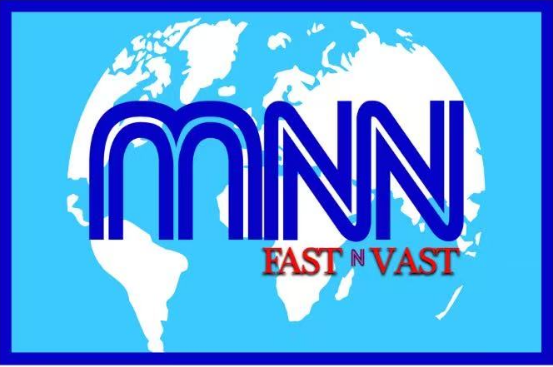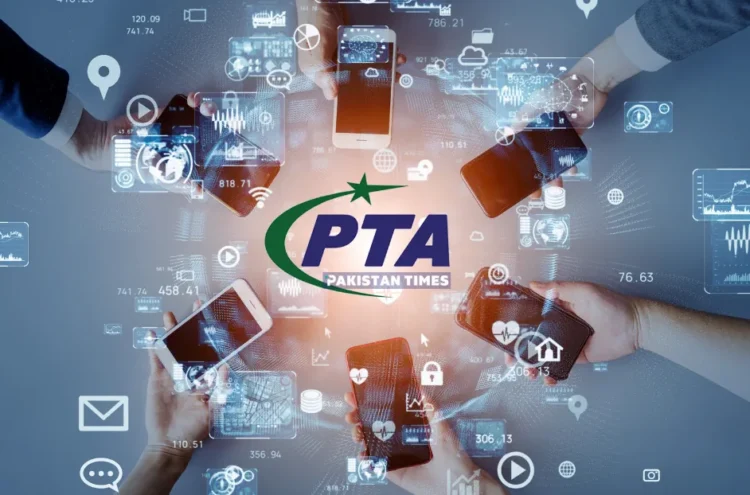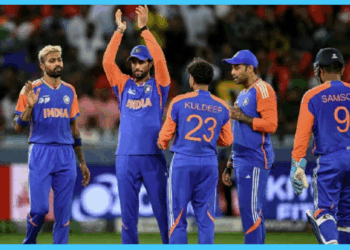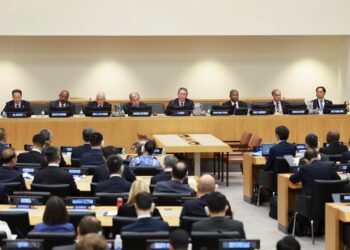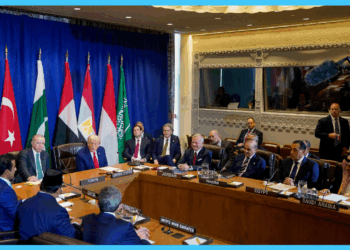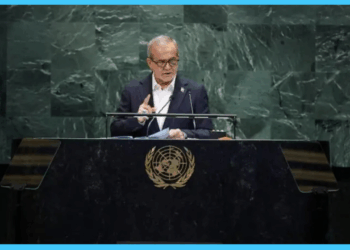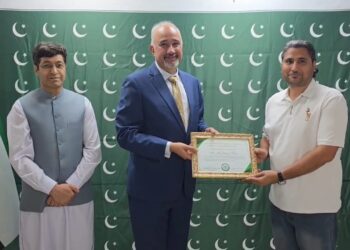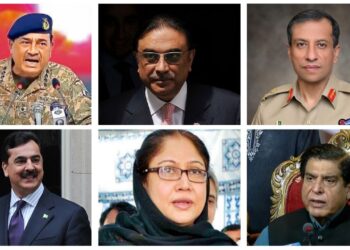ISLAMABAD (Web-Desk); As Pakistan’s digital footprint continues to expand, with over 116 million internet users recorded in early 2025, the country is witnessing a surge in online activity driven primarily by mobile broadband.
While connectivity is becoming more widespread, disparities in affordability, infrastructure, and access especially between rural and urban area highlight the challenges in bridging the digital divide. From budget mobile data plans to high-speed fiber internet, the cost and quality of access vary significantly across user types and regions.
Internet Access in Pakistan: Growing Usage, Diverse Options, and Expanding Costs
With over 116 million internet users as of January 2025, Pakistan has rapidly expanded its digital landscape, placing itself among the countries with the largest online populations. However, access remains uneven, with mobile data dominating usage and fixed broadband mostly concentrated in urban areas.
Mobile Internet: The Primary Connection
Mobile data is the most common form of internet access in Pakistan, particularly for everyday use and in areas lacking fixed-line infrastructure. Telecom operators such as Jazz, Telenor, Ufone, and Zong offer a variety of mobile data packages tailored to different consumer needs.

Low-end monthly plans can cost as little as PKR 200–500, offering limited data (a few GBs) along with on-net minutes and SMS. Mid-range users typically spend between PKR 600–1,200 for packages ranging from 8GB to 30GB, sometimes with off-peak bonuses. High-end users can pay PKR 1,500–2,000 or more for large data bundles, reaching up to 100GB.
As of April 2025, the average mobile data consumption per user in Pakistan stood at 8.5GB per month. With 146 million mobile broadband subscribers, mobile data remains the backbone of digital connectivity in the country.
Fixed Broadband: Speed Comes at a Cost
Fixed broadband — including fiber optic and DSL — caters to homes, offices, gamers, and remote workers seeking higher speeds and stable connections. Providers such as PTCL, StormFiber, Nayatel, and Transworld Home offer a range of packages.
Entry-level plans (25–50 Mbps) typically cost PKR 3,000–5,000 per month. Mid-range speeds (70–150 Mbps) range from PKR 5,500 to over PKR 10,000, while premium 200+ Mbps connections may exceed PKR 12,000, especially when bundled with TV or landline services.
Despite nearly 150 million broadband subscribers nationwide, only 3.1 million are on fixed-line broadband, underlining the dominance of mobile internet.
Consumption Patterns and Inequity
Data usage varies widely: casual users stick to low-cost mobile packages, while households and heavy users prefer fixed broadband. Many telecoms offer off-peak data bonuses to ease high-usage costs. However, challenges persist. Rural access remains limited, with only 35% of rural areas having reliable connectivity compared to 65% in urban regions. Additionally, women’s digital participation lags 52% behind men’s.
Affordability and Access
A Pakistani user might spend PKR 500–2,000 monthly on mobile data and PKR 3,000–8,000 on home broadband. Those combining both can easily cross PKR 10,000 per month. While growth is steady — up 1.7 million users in 2024–25 — ensuring equitable, affordable access remains a critical hurdle.






